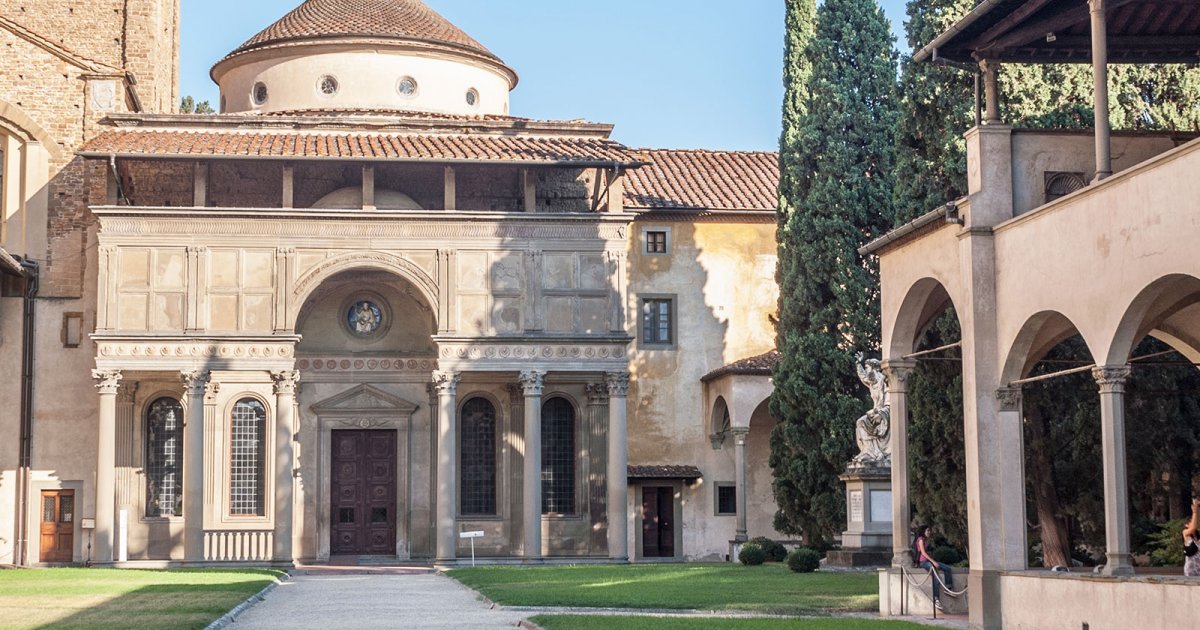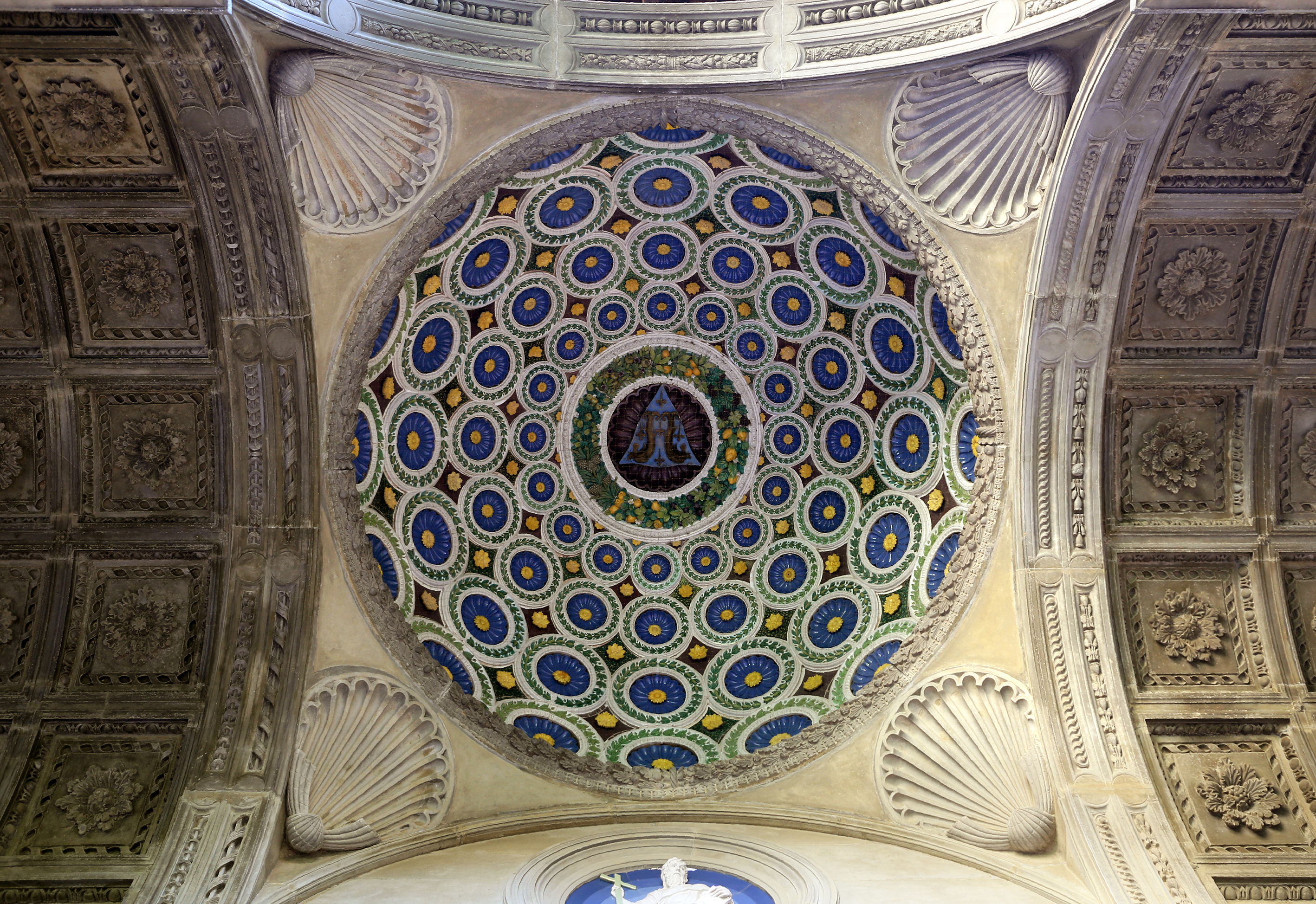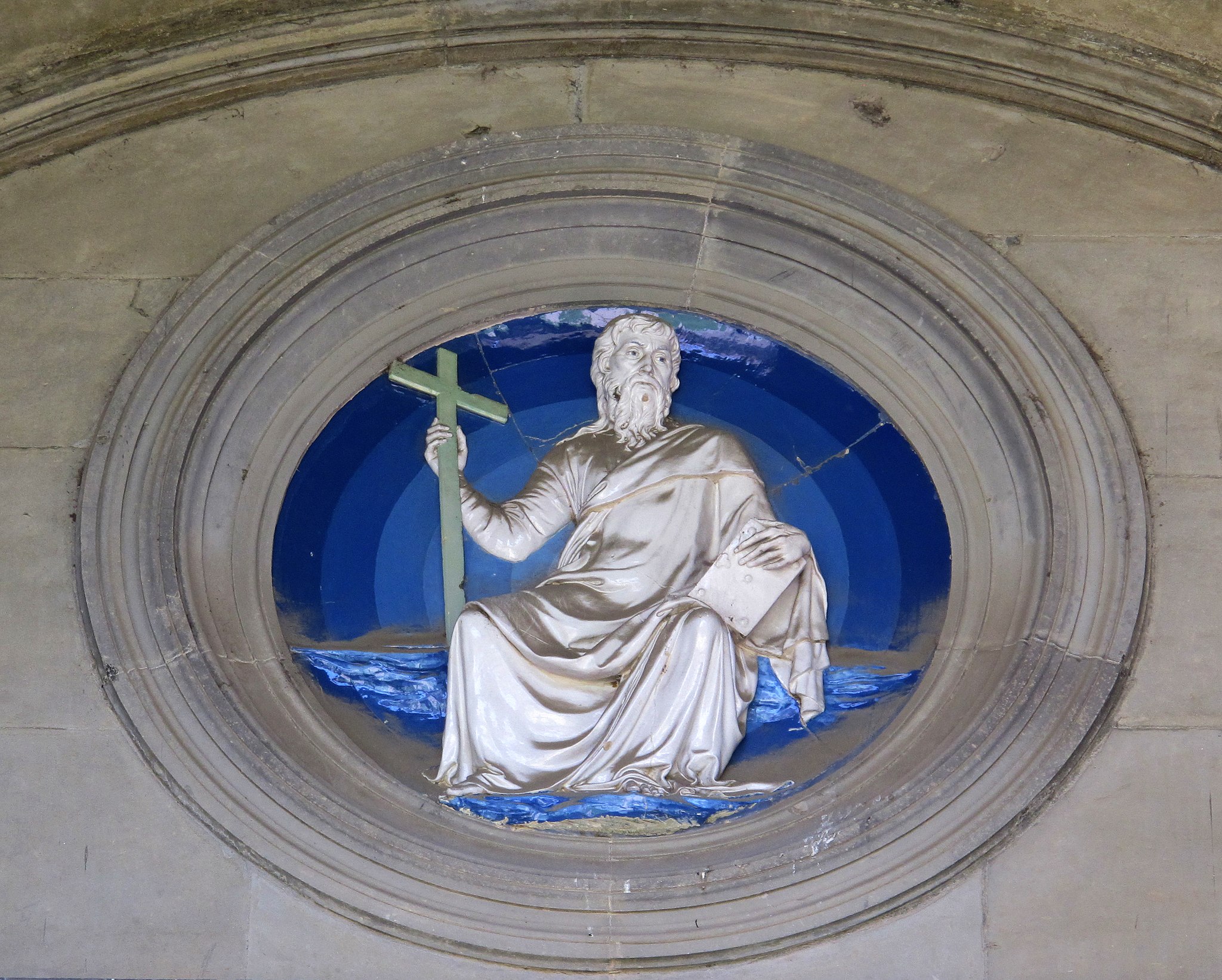Guide to the Pazzi Chapel: a Renaissance masterpiece in Florence

Are you passionate about art and culture? Are you planning a visit to Florence, a city rich in artistic treasures? Then you cannot miss the Pazzi Chapel, an architectural jewel of the Italian Renaissance.
In this post, I will take you on a tour of this extraordinary work of art, telling you its history, architectural details and the works that decorate it. Get ready to immerse yourself in the elegance and majesty of Florence’s history!
Guide to the Pazzi Chapel: a Renaissance masterpiece in Florence

The Pazzi Chapel is one of the most significant examples of Renaissance architecture, inspired by the principles of proportion and symmetry found in the buildings of classical antiquity.
THE HISTORY AND ARCHITECTURE OF THE PAZZI CHAPEL
This magnificent chapel, located in the first cloister of Santa Croce, was built after a fire in the area in 1423, commissioned by Andrea de’ Pazzi, a member of one of the most influential families in Florence.
The chapel was intended to be the family burial place and the chapter house of the Franciscans.
The original design was conceived by Filippo Brunelleschi, one of the great geniuses of the Renaissance and author of the Dome of Florence Cathedral, around the late 1420s and work began in 1443 under his direction, but was completed after his death in 1446. Construction was suspended in 1478 when the Pazzi family was exiled due to the failed plot against the Medici.
THE INTERIOR ARCHITECTURE OF THE PAZZI CHAPEL
The interior of the Pazzi Chapel is characterised by harmonious proportions.
The central module is a cube with an umbrella dome above it, and on either side extend two symmetrical wings with barrel vaults. The supporting structures, such as arches, entablatures and pilasters, are emphasised by the pietra serena stone, which stands out against the white plaster. You will notice a stone bench around the perimeter, a sign of its use as a meeting place for the monks.
One of the most interesting elements is the scarsella in the eastern wall, raised on three steps and surmounted by a small dome. Twelve glazed terracotta roundels depict the Apostles, works executed between 1450 and 1470 by Luca and Andrea della Robbia. In the pendentives of the dome, you will find four polychrome terracotta tondi depicting the Evangelists, attributed to Brunelleschi.
THE STAINED GLASS WINDOWS AND FRESCOES OF THE PAZZI CHAPEL
The Pazzi Chapel in Florence is also famous for its stained glass windows by Alesso Baldovinetti. In the oculus, you will find a depiction of the blessing Eternal Father, and behind the altar, a representation of Saint Andrew, the saint to whom the chapel is dedicated and who is also the patron saint of the Pazzi. Inside the dome, frescoed in the mid-15th century and restored in 2009, are depictions of the constellations in the Florentine sky on 4 July 1442, a subject that still arouses various interpretations today.
The dome with the starry sky is similar to the one in the Old Sacristy of San Lorenzo, and both are still a mystery to this day.
THE MAD CHAPEL MODIFICATIONS
After Brunelleschi’s death, the original design underwent some modifications.
In 1461, a portico with Corinthian columns and a central arch was added. This part of the building is attributed to various artists such as Michelozzo, Rossellino and Giuliano da Maiano.
The small dome in the centre of the portico is decorated with glazed terracotta rosettes and the Pazzi coat of arms, made in the Della Robbia workshop.

The Pazzi Chapel is an architectural masterpiece that deserves an in-depth visit during your stay in Florence. Its elegant structure and precious artistic decorations make this place a reference point for art lovers and those who want to discover the marvels of art in the 15th century. Don’t miss the opportunity to admire this hidden gem of Florence, witness to an extraordinary era in art history.
Follow me on:
About me
In this blog, I don't explain the history of art — I tell the stories that art itself tells.


